In the words of Keith Richards (Rolling Stones):
If you don't know the blues... there's no point in picking up the guitar and playing rock and roll or any other form of popular music.
Keith Richards
Blues is one of the most important genres of music. It has shaped other styles, like jazz, rock, metal, even country. Guitarists who know how to play blues guitar have a definite advantage over others.
Now you might be wondering:
"Is learning blues guitar hard?"
I have good news for you. It's rather simple. Of course, it takes learning and practice (as does everything else in life), but once you understand the fundamentals, you'll see how practical blues really is....
...and most of all: how thrilling it is to play!
So let's get to it.
Below I'll review the best blues guitar courses you'll find online in 2025.
While you read this post, get yourself into the mood and listen to what many consider one of the best blues songs of all time by BB King.
Review criteria
If you type blues guitar lessons into Google, you'll be presented with many sites offering blues tutorials. Some are good, some are not.
As I do not offer blues lessons on TheGuitarLesson.com (yet), I want to show my recommendations to my students and everybody interested through this post.
I've narrowed the choices down to what I think are the 2 best online blues guitar courses.
Why these 2?
Because they have:
- A structured curriculum, where the lessons build onto each other
- HD video lessons
- Tabs and Guitar Pro files of each lesson
- Play along videos, where you can play along with the teacher
- Jam tracks of each lesson, so you can practice by yourself as if you were in a band
Now let's have a look at the details of each course.
Guitartricks.com blues lessons
GuitarTricks.com is a real heavyweight in online guitar lessons. In fact, being established in 1998, it was the first site to offer video guitar lessons on the internet.
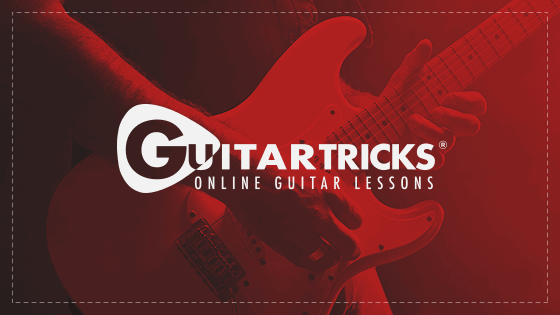
Pros
Cons
The blues lessons offered by GuitarTricks can be split into 3 main sections.
- Blues style course (Level 1 and Level 2)
- Blues songs
- Blues mini courses
Let's have a look at each.
Blues Style Level 1 & 2 (Core learning system)
The core learning system is GuitarTricks.com's recommended path for learning guitar. After the fundamentals, you have the chance to learn the intricacies of blues, country and rock.
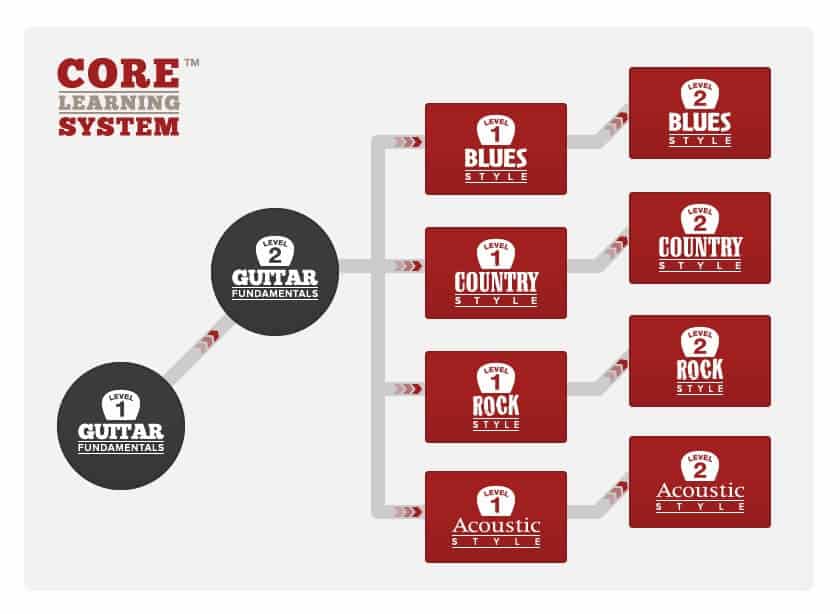
The Blues style course is made up of 2 segments: Level 1 and Level 2.
Each Level is split into Chapters, and each Chapter is split into a series of tutorials revolving around a given topic.
This sounds weird written down, but it's actually very intuitive:
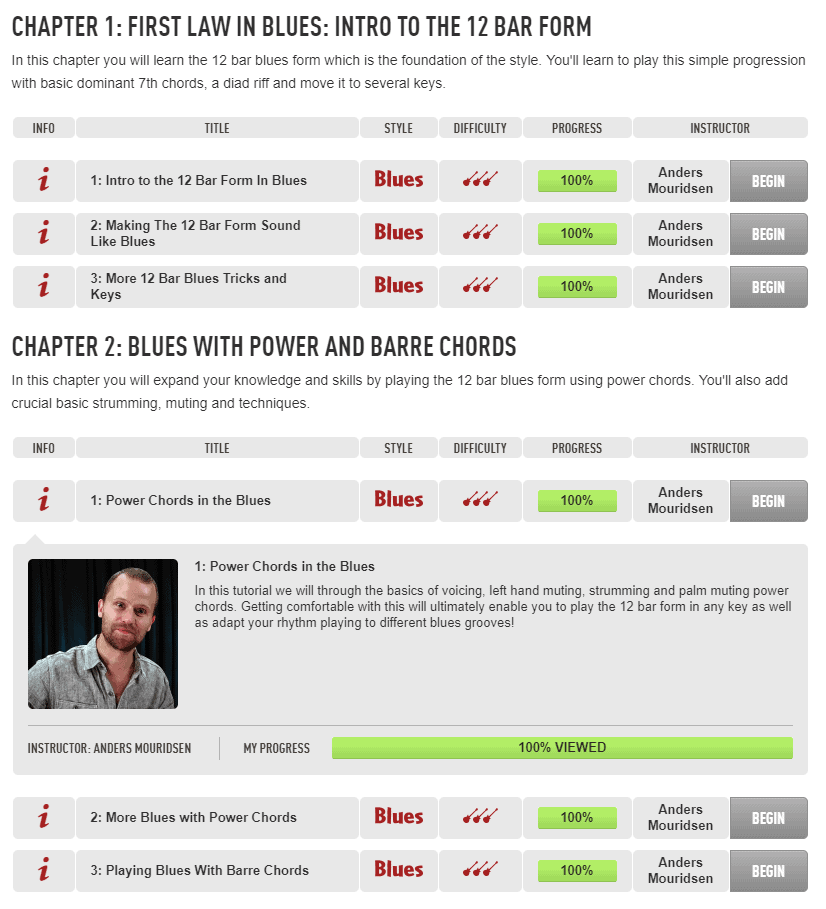
When you look at the table of contents, you can immediately see the amount of thought that went into structuring the course.
Each lesson builds on the prior, and as a guitar teacher of 15+ years, I can't think of any blues skill/technique I would teach to aspiring blues players, that is not covered within the course.
It is safe to say that completing GuitarTricks's blues style lessons will get you to an early-advanced level of playing.
Blues Level 1
Chapter 1: 12 bar blues, blues shuffle rhythm, turnarounds, chord voicings
Chapter 2: power chords, barre chords, playing in different keys
Chapter 3: minor blues, minor chords, dominant chords, 12 bar blues variations7
Chapter 4: various blues strumming patterns and grooves, intro to regional blues rhythm styles
Chapter 5: blues lead techniques, blues scale
Chapter 6: getting a blues tone on various guitars & amps, and the effects you would use
As you can see, Level 1 covers basic blues concepts and techniques. Once you are comfortable with these techniques, you would turn things up a notch and move on to the next level.
Blues Level 2
Chapter 1: more blues lead guitar, building riffs, playing in different keys, minor scale, jamming
Chapter 2: the styles of Albert King, B. B. King and Freddie King
Chapter 3: blues phrasing, call and response, differing vibrato styles, bending concepts
Chapter 4: targeting chord tones, playing with a slide, blues mixed with other styles (jazz, rock, reggae, funk)
Chapter 5: advanced blues rhythm, various turnarounds, 8 bar blues
Chapter 6: regional blues styles (Jazz, Delta, Chicago, Texas, New Orleans, British)
All lessons in the blues style courses are taught by Anders Mouridsen, who is one of the best teachers on GuitarTricks.com. His calming personality is mixed with his enthusiasm for the guitar, which makes the lessons very enjoyable.
Blues song tutorials
After tackling the blues core learning system, what better way to practice and refine your newfound knowledge, than to learn to play popular blues songs?
GuitarTricks has an impressive collection of lessons on blues songs from many classic and contemporary blues artists. At the moment I counted about 100 blues songs in the list from artists such as:
- BB King
- Stevie Ray Vaughn
- Eric Clapton, T-Bone Walker
- Muddy Waters
- Robert Johnson
- Howlin' Wolf
- Albert Collins
- The Allman Brothers
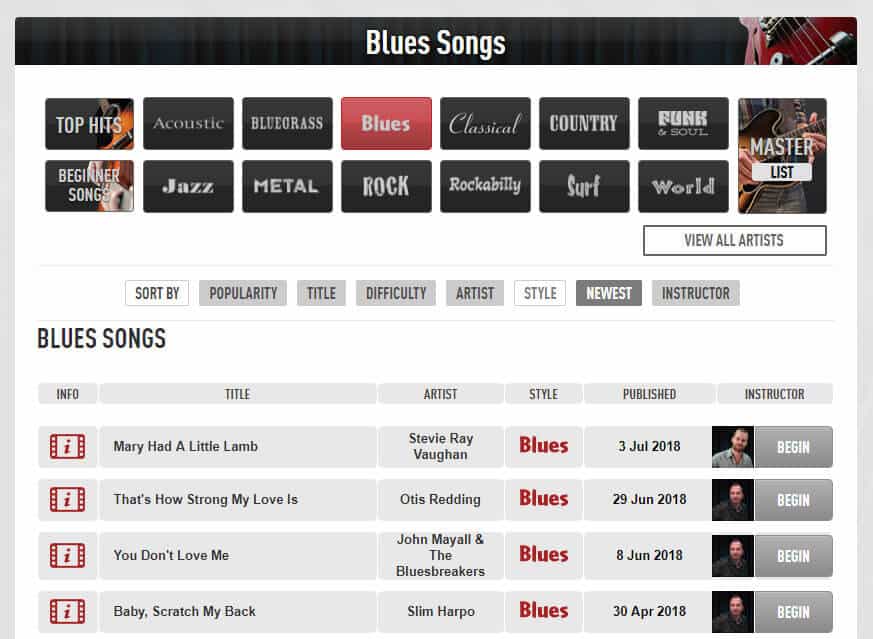
Seeing how the masters use all the blues techniques you learned in the Level 1 and Level 2 blues style sections will help put it all together and move you forward.
Blues mini courses
GuitarTricks has a bunch of what I would call "mini-courses" on various guitar styles, including the blues.
These mini-courses are taught by different teachers, and are relatively short in length. Around 5 to 30 minutes, depending on the course.
These are great for quick practice sessions when you don't really have enough time to dive into something too deeply.
What kind of mini-courses will you find?
- Blues riffs
- Blues rhythm techniques
- Blues orchestration
- Using major notes in minor pentatonics
- and so on...
TrueFire.com blues lessons
TrueFire.com is an absolute monster website, with more lessons than anybody could ever go through. They offer many individual courses in all genres and difficulties. The company was founded in 1991, and they initially released lessons on tape and DVD. Then came the Internet.
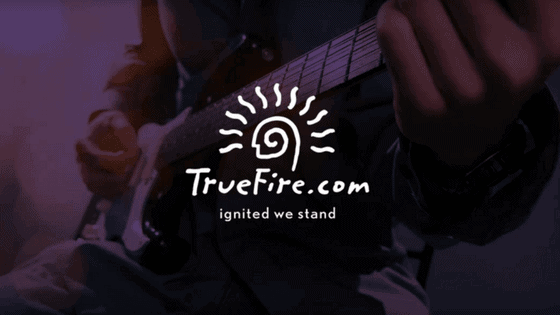
Pros
Cons
TrueFire has an immense number of guitar lessons. When I created this screenshot (June 2024), it has 364 full-fledged blues guitar courses with over 19,000 individual lessons in them, and 40 In The Jam blues sessions for advanced players.
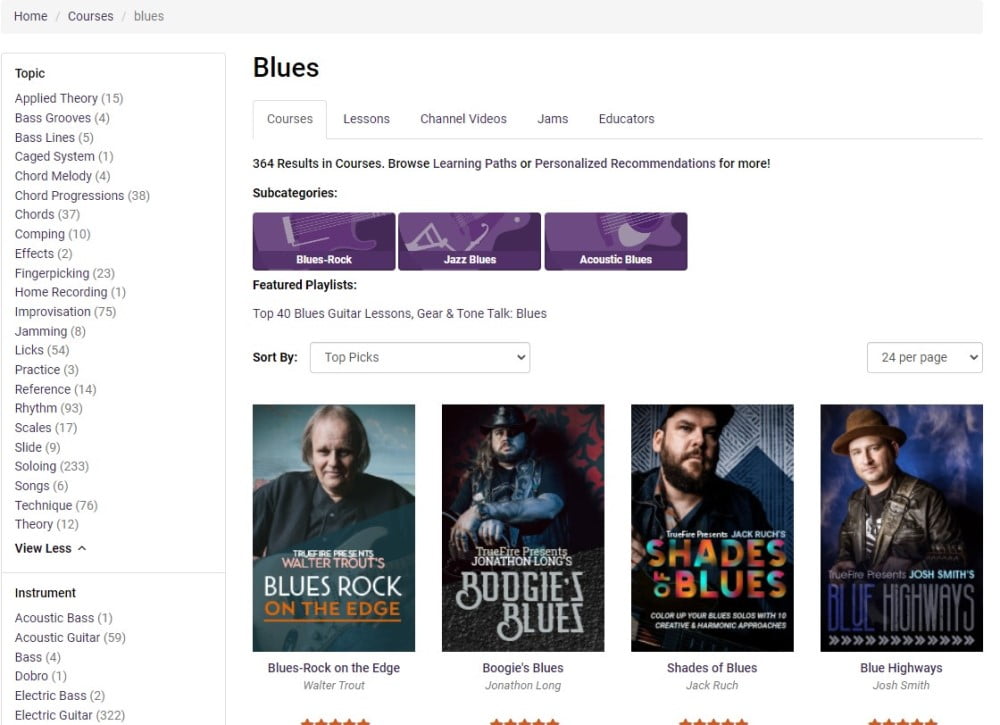
Picking out each course of interest is useful for advanced guitarists.
"Blues Guitar Learning Path"
Beginner blues guitar players are offered a more structured way of learning, called the "Blues Guitar Learning Path".
It is massive, with:
- 17 Core section courses
- 172 Supplementary courses
This Path is made up of 4 stages, with lessons increasing in difficulty.
Each stage is made up of "core courses" and also "supplementary courses".
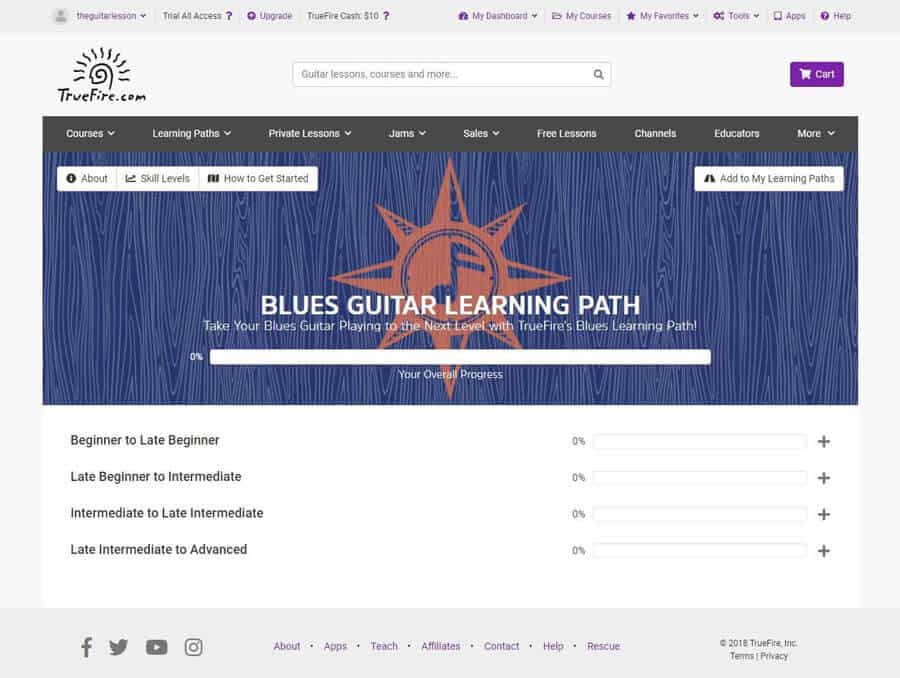
FYI the core courses are lessons that build fundamental blues guitar knowledge and skills, while the supplementary courses are stand-alone courses digging deeper into specific blues guitar aspects, like Jazz blues progressions, or 30 blues Americana guitar licks.
Stage 1: Beginner to Late Beginner
This stage isn't blues guitar-specific. It teaches basic guitar skills to beginners, so I'm not sure why it's even included in the Blues path.
Anybody looking to learn a specific genre of guitar should have a sound knowledge of the basics already.
Stage 2: Late Beginner to intermediate
This stage of TrueFire's blues course covers basic blues guitar concepts and techniques. If you don't know anything about blues guitar, this is a good place to start.
- Quick start for beginners: blues shuffle, 12 bar blues, 7th chords, blues turnaround
- Rhythm and lead fundamentals: blues soloing basics, minor pentatonic scale, blues scale, 7th barre chords, 9th chords
- Tools and techniques: all 5 patterns of the minor pentatonic scale, blues licks, major pentatonic scale, more turnarounds, blues in specific styles (rhumba, minor, funky)
TruFire gives several recommended supplementary courses with stage 2. The ones that are blues specific any I would recommend a beginner blues student to cover are:
Stage 3: Intermediate to late intermediate
The next stage of TrueFire's blues course builds onto stage 2 and provides more examples, rhythm patterns, licks and techniques.
It's important to note that unlike the stage 2 lessons, the lessons in this stage were not developed specifically for this blues course. They are actually individual lessons picked out of their massive library of existing courses, and presented in a structure that help build your blues skill-set one lesson at a time.
- Rhythm principles: slow blues, 12/8 blues rhythm, 12 bar shuffle variations, blues styles (boogie woogie, rhumba, funky, New Orleans, country)
- Rhythm approaches: more blues rhythm studies, rhythm techniques with loads of example grooves
- Lick vocabulary: building your own blues licks using the minor and major blues scales, mixing the minor and major blues scales, more lick examples, texas blues licks
- Lick lexicon: licks to use over the I & IV & V chords, loads of blues licks
- Soloing principles: soloing concepts and techniques, hybrid picking, solos in differing blues styles
- Soloing approaches: double stops, adding chromatic notes, call and response blues, loads of soloing examples
- Slide approaches: the specifics of playing slide guitar in the blues, licks
- Fingerstyle approaches: acoustic blues guitar, fingerstyle blues essentials, lots of example licks and patterns
There are a lot of supplementary courses recommended by TrueFire with stage 3, most of them blues specific. They entail specific courses on blues licks, soloing, rhythm and theory. I won't be listing all of them here, you can see them for yourself on TrueFire.com.
Stage 4: Late intermediate to advanced
As in stage 3, the core courses of stage 4 are a collection of individual lessons from other TrueFire courses. They were picked and structured to advance your blues skills in a logical manner.
If you learn everything in this set of core courses, you can call yourself a professional blues guitar player.
- Advanced rhythm principles: guide tones, comping, jazzy blues chords and rhythm
- Advanced rhythm approaches: funky blues, advanced rhythm ideas
- Advanced lick vocabulary: advanced licks, "in the style of" lessons
- Advanced soloing principles: jazzy blues soloing, diminished scale, advanced improvisation
- Advanced soloing approaches: more soloing examples, motivic development, altered scales
There are many blues-specific supplementary course recommendations with these courses as well, some of which are very advanced.
JamPlay.com acquisition
Jamplay.com used to be a standalone guitar lesson website, but was merged into Truefire in 2023. Their entire portfolio of blues lessons now lives on Truefire. The main specialty of Jamplay was the wide array of teachers they had teaching the various lessons on their website.
Jamplay had a large riff library, which was a treat when you only had 5-10 minutes of practice time and want to learn something new. I'm not sure how that was integrated into Truefire, as I can't really find them.
Blues DVD course
Not too long ago, DVD courses were all the rage. They have since been replaced by online courses and video streaming, but if you prefer DVDs, you should check out Learn and Master Guitar's blues course, Blues Guitar Spotlight.
It consists of 6 DVDs, a book, and a jam-track DVD-CD hybrid. Being DVDs, they are not HD, so the video quality doesn't live up to the expectations of the 2020s.
Each of the 6 lessons is about 25 minutes long, and are accompanied by a 25-minute workshop lesson.
The instructor for this course is Steve Krenz, who has taught the other Learn and Master courses as well.
Unlike the original L&M Guitar course, this Blues Spotlight course is not for beginner guitarists though. You should buy this DVD set only if you are at an intermediate level and know your basic music theory (major, minor, pentatonic scales, and fretboard layout).
The video editing is very professional in nature as well, and they have added on-screen tabs to make the lessons easy to follow.
The videos are not available as an instant download, it only comes in DVD format. You have to wait a couple of days until it arrives. Also, the "book" is not printed, it is just a downloadable PDF file. It will cost you extra if you want to get it printed and bound.
I don't think they make these DVDs anymore, but you can find the set for around $70 on Amazon sometimes.
The lesson plan is not the best in my opinion. Some things seem out of place. It aims not to teach just a couple of blues riffs and techniques, rather the underlying theory. If you understand it all, you'll be able to start improvising to blues jam tracks very soon after starting the course.
But as I mentioned, you need to already be an intermediate player who knows music theory. If you are, you'll be playing along with backing tracks and making up bluesy licks and progressions quickly. Making your own music is great, and it's not as hard as you would think with the blues.
I personally prefer online lessons, I don't even have a separate DVD player anymore. But if you want to go "old school", this course is your best bet.
Your Blues Questions Answered
If received a lot of emails from readers regarding learning blues guitar, and I wanted to address some common questions here:
Conclusion and recommendations
So with all of the above said, here is what I recommend.
GuitarTricks for beginner blues fan
Out of all of the lesson providers on this page, I feel the blues tutorials offered on GuitarTricks will serve the beginner blues player the best.
The structure of the core learning system is very well thought through, and there are no deviations from that path.
The blues songs section is also a big plus in showing you how to put the techniques into practice.
GuitarTricks has a free trial offer here, where gives you full access to the blues course
TrueFire for intermediate & advanced guitarists
I would say the lessons provided by TrueFire are best for upper intermediate to advanced guitarists. The volume of advanced supplementary courses is what sets TrueFire apart, but I write more about this in this detailed review of truefire.
Their basic blues tutorials are OK, but GuitarTricks is I think better for beginners.
Also, if you are looking for acoustic blues lessons, Truefire is a better choice since these lessons were taken over from Jamplay.
TrueFire also has a free trial access offer here.
Pricing of the courses
Getting high-quality educational material, jam tracks, play-alongs, tabs, etc. means that these courses will cost some money.
I found some discounts for these courses as I was reviewing them, so make sure you take advantage of these.
| PRICE PER MONTH | PRICE PER YEAR | DISCOUNTS | |
|---|---|---|---|
| Guitartricks.com | $19.95 | $143.20 after coupon | Yes, coupon codes and free trial |
| Truefire.com | $24.95 | $150 after coupon | Yes, coupon codes |

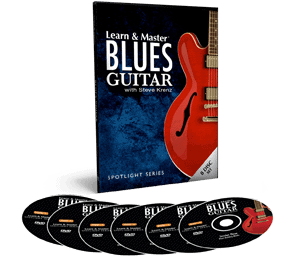
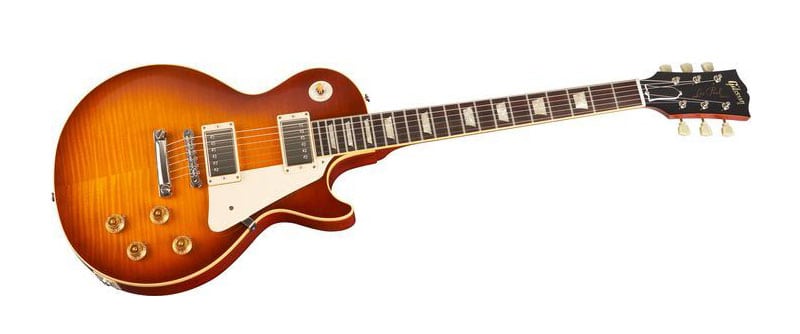
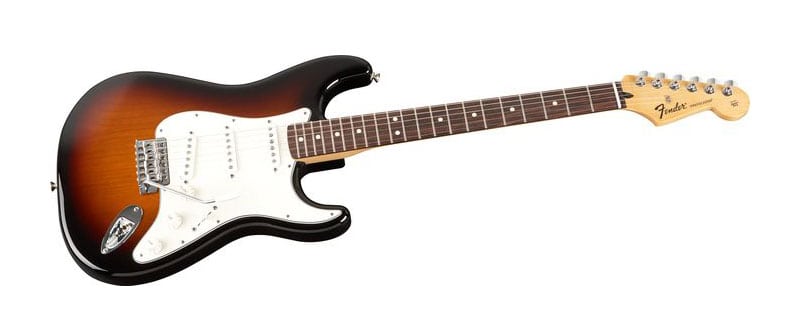
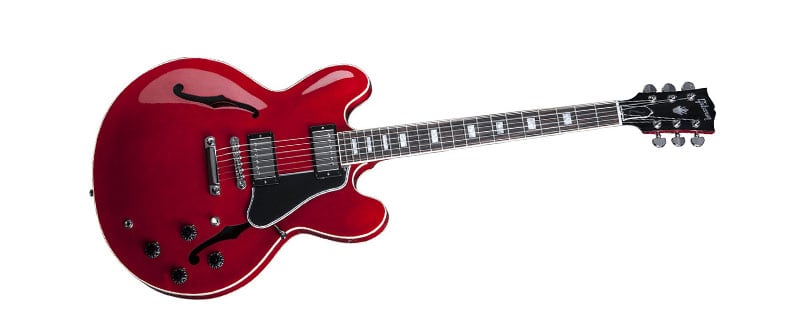
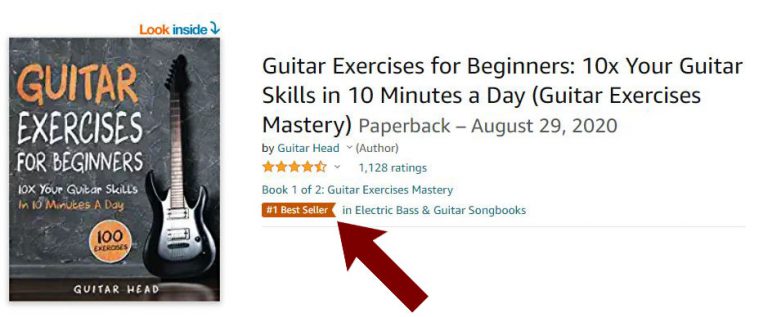

Really interesting read. I’ve been using GuitarTricks for a few months now, and I can definitely say they’ve made learning blues guitar a lot of fun. Their jam-along videos are a great way to practice what you’ve learned. Does anyone else feel like the acoustic fingerstyle lessons are a bit limited, though? Would love to hear your thoughts.
i am a great guitar player but i run up and down scale cant slow down run out of note like to learn to lay back like bb king or just make meaning out of my notes
Excellent review, just what I was looking for in terms of understanding the benefits of each course. Thank you.
I appreciate what you’ve done to analyze the opportunities available online. It helps me to keep searching for a consistent teaching program for my needs. I need a program or something to help me get a step by step approach to reach my goals.